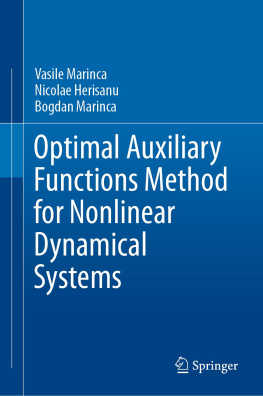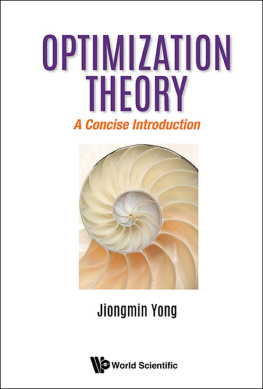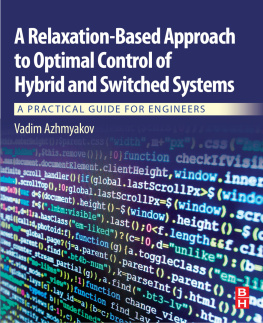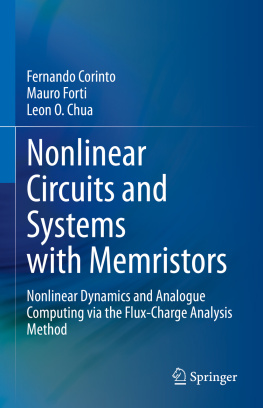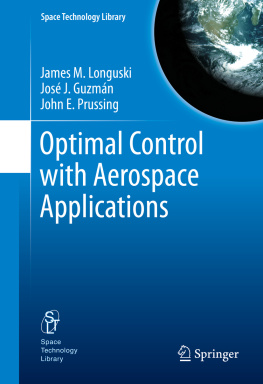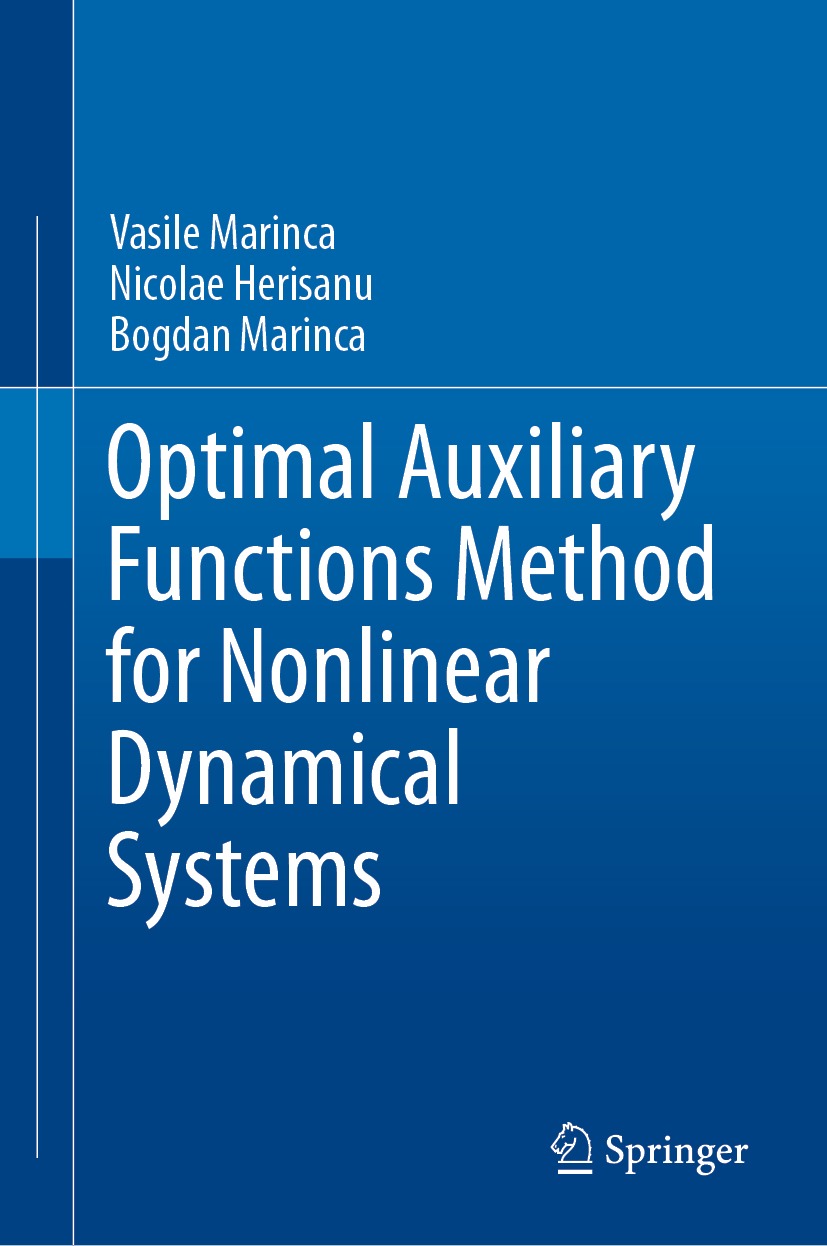Vasile Marinca - Optimal Auxiliary Functions Method for Nonlinear Dynamical Systems
Here you can read online Vasile Marinca - Optimal Auxiliary Functions Method for Nonlinear Dynamical Systems full text of the book (entire story) in english for free. Download pdf and epub, get meaning, cover and reviews about this ebook. year: 2021, publisher: Springer, genre: Romance novel. Description of the work, (preface) as well as reviews are available. Best literature library LitArk.com created for fans of good reading and offers a wide selection of genres:
Romance novel
Science fiction
Adventure
Detective
Science
History
Home and family
Prose
Art
Politics
Computer
Non-fiction
Religion
Business
Children
Humor
Choose a favorite category and find really read worthwhile books. Enjoy immersion in the world of imagination, feel the emotions of the characters or learn something new for yourself, make an fascinating discovery.
- Book:Optimal Auxiliary Functions Method for Nonlinear Dynamical Systems
- Author:
- Publisher:Springer
- Genre:
- Year:2021
- Rating:3 / 5
- Favourites:Add to favourites
- Your mark:
Optimal Auxiliary Functions Method for Nonlinear Dynamical Systems: summary, description and annotation
We offer to read an annotation, description, summary or preface (depends on what the author of the book "Optimal Auxiliary Functions Method for Nonlinear Dynamical Systems" wrote himself). If you haven't found the necessary information about the book — write in the comments, we will try to find it.
This book presents the optimal auxiliary functions method and applies it to various engineering problems and in particular in boundary layer problems. The cornerstone of the presented procedure is the concept of optimal auxiliary functions which are needed to obtain accurate results in an efficient way. Unlike other known analytic approaches, this procedure provides us with a simple but rigorous way to control and adjust the convergence of the solutions of nonlinear dynamical systems. The optimal auxiliary functions are depending on some convergence-control parameters whose optimal values are rigorously determined from mathematical point of view. The capital strength of our procedure is its fast convergence, since after only one iteration, we obtain very accurate analytical solutions which are very easy to be verified. Moreover, no simplifying hypothesis or assumptions are made.
The book contains a large amount of practical models from various fields of engineering such as classical and fluid mechanics, thermodynamics, nonlinear oscillations, electrical machines, and many more.
The book is a continuation of our previous books Nonlinear Dynamical Systems in Engineering. Some Approximate Approaches, Springer-2011 and The Optimal Homotopy Asymptotic Method. Engineering Applications, Springer-2015.
Vasile Marinca: author's other books
Who wrote Optimal Auxiliary Functions Method for Nonlinear Dynamical Systems? Find out the surname, the name of the author of the book and a list of all author's works by series.

